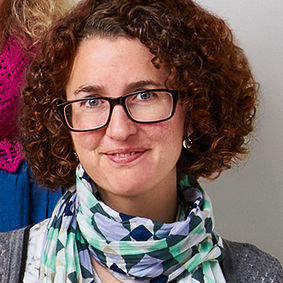Entrepreneur and designer Christel Seyfarth spends hundreds of hours creating exquisite shawls and colourwork projects, selling them as knitting kits. She also organises yarn festivals on her home island of Fanø in Denmark, as well as in Iceland and Norway, and helped to set up the Loch Ness Knitting Festival. We caught up with her in spring 2017 to find out about the inspiration behind her work.
When did you learn to knit?
“I started knitting when I was five years old – my grandmother taught me, and I’ve been knitting ever since! I specialise in colourwork. Large projects such as shawls, big jackets and coats – that’s what I do.
“I started designing when I was about 12 years old. I started knitting great big coats, and people approached me and said, ‘Can you make one like that for me?’ so I started making coats and hats and things like that. I was an exchange student in the United States, when I was about 16, and when I came home after two years of working out there, I had all these orders. I had a team of knitters knit up my designs, take them back to the States and come back with more orders!”
What inspires your designs?
“Living on an island in the North Sea, I am inspired by the colours I see around me – and also by the sailors leaving this island to sail on the seven seas… All the men in my family are sailors, so they have always come back telling stories about where they’ve been and who they have met. Traditional costumes interest me, too; I have a lot of costume books and I look at pattern mixes and colour mixes.
“My designs usually involve stranded knitting techniques, knitting in the round and steeking, so if you know how to do those, you’ll be all right!”
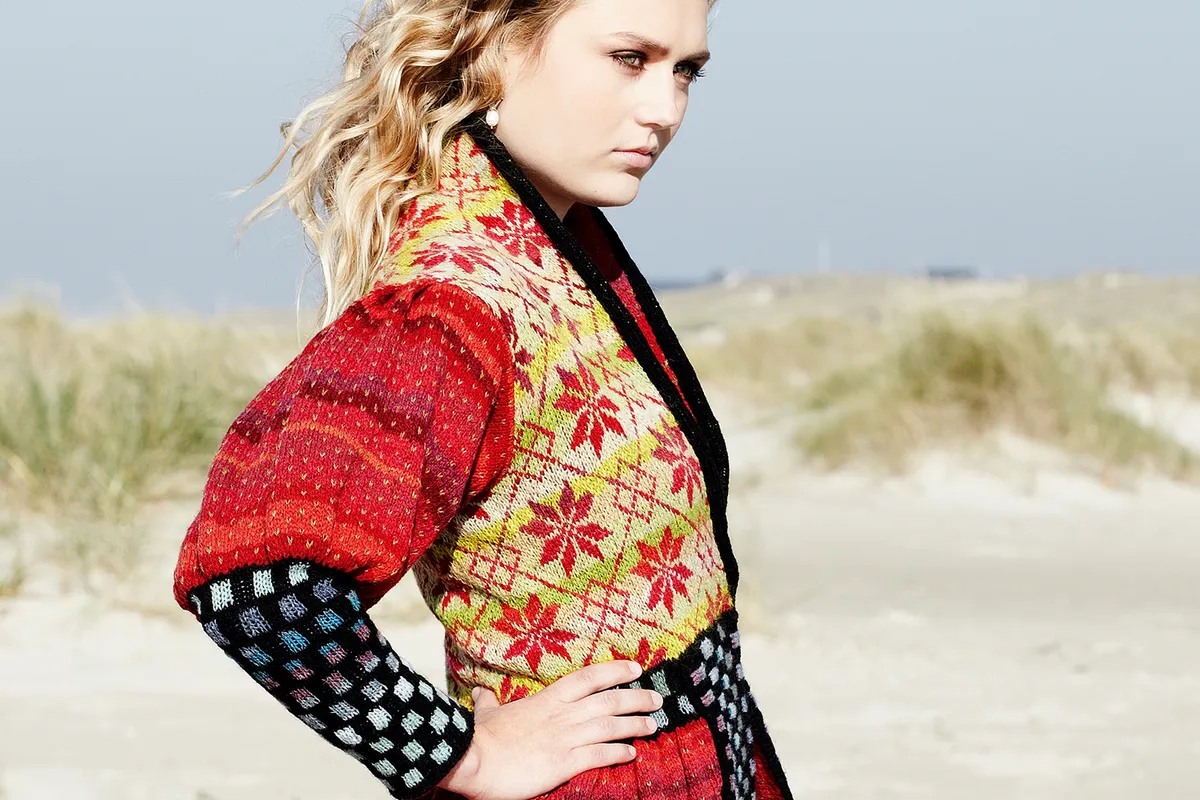
What’s your favourite colour combination?
“I love bright colours – I think a lot of Scandinavians do. I love lots of pink and lime green, and strong blue – Scandinavian blue is very, very blue. But I also like combining soft colours, like those I’ve used in my ‘Mongolian Wrap’.”
How would you sum up the knitting culture in Denmark?
“The Danes are incredibly good knitters, and they knit a lot. Wool companies tell me that Denmark is the second largest market in the world, after the US; we definitely like good-quality wool. I run knitting festivals in Iceland and Norway, as well as in Denmark, and those two countries they are tied to their traditional designs such as yoked sweaters. The Danes don’t really have any specific Danish style of sweater, so we just knit what we feel like!
“We have sheep here in Denmark, but they don’t produce much yarn for handknitting, and there’s certainly not the focus on different sheep breeds, unlike in the UK, Iceland and Norway.”
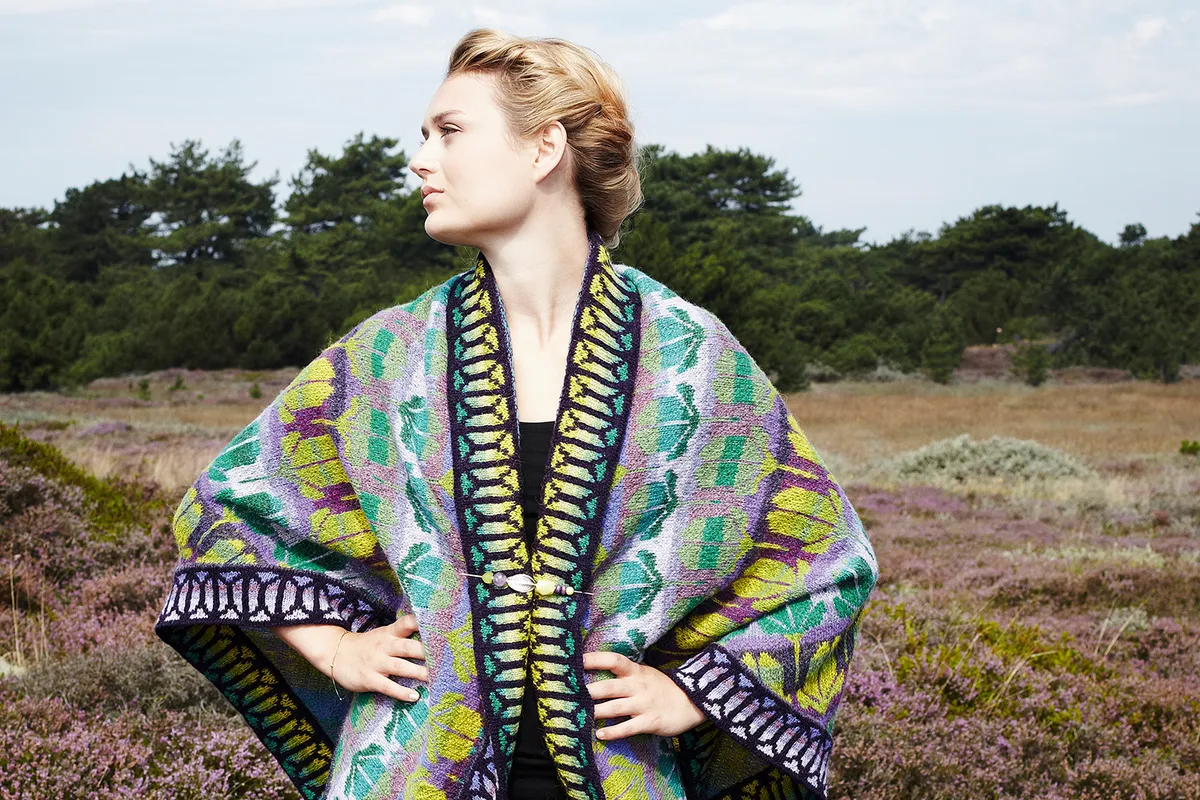
How did you come to be involved with the Loch Ness Knitting Festival?
“I was attending the Cold Water Island conference on the Isle of Arran, which was about how to generate business and tourism on islands with a cold climate. I gave a presentation on the Fanø festival, and how it had made a great impact to the economy of our island. After the event, a Loch Ness businessman, Willy Cameron, asked if I’d consider transferring our Strikkefestival concept to the Highlands of Scotland. I was immediately thrilled about at the idea – I could see that Loch Ness could be the place for a knitting festival.
"I got involved from the start, planning the entire programme, the workshops and presentations, and giving advice about how to establish a successful festival.
“I love the Scottish people. They’re so kind, with such a dry sense of humour. I love the fabulous scenery, I love the music (especially bagpipes), and I absolutely love the colours of the tartans.”
Tell us about your book Colours of Fanø.
“I knit with Scottish-inspired colours all the time, and this book, released in 2017, includes a Fair Isle sweater inspired by the famous photograph of the Prince of Wales in 1921 – but with a definite Scandinavian twist. Other projects in the book include colourwork shawls, jackets, sweaters and wraps.
“Thousands of hours go into a book like this – a wrap takes about 150 hours to knit, for example, and sometimes, occasionally, I have to knit it twice just to get it right. I always knit the first sample myself, then when I’m satisfied with the result I have knitters who take over and knit up different colourways.”
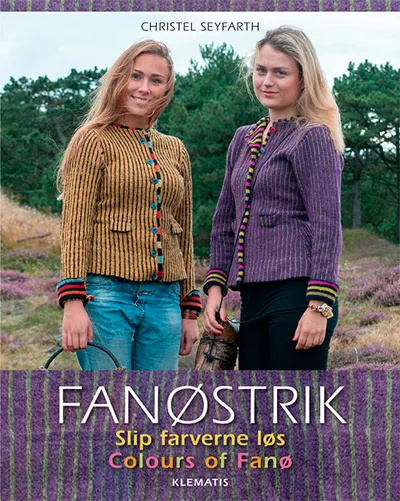
What does knitting mean to you?
“Well, today, it’s my living. My husband has been working with me now for the past five years – we’re very, very busy. We sell more than three tonnes of wool every year that we make up into knitting kits and sell through our web shop. And then there’s all the marketing and all the accounting and planning for the Fanø festival. It attracts about 8,000 people, and it takes us half a year just to do all the planning and programme writing.
“When I’m not doing that, I try to sit and relax and knit at night. But I have lots of paperwork and mail to answer, so when you have a business like mine, you don’t sit and knit all day. Actually, knitting is 5% of what I do; 95% is just taking care of everything that I’m doing.”
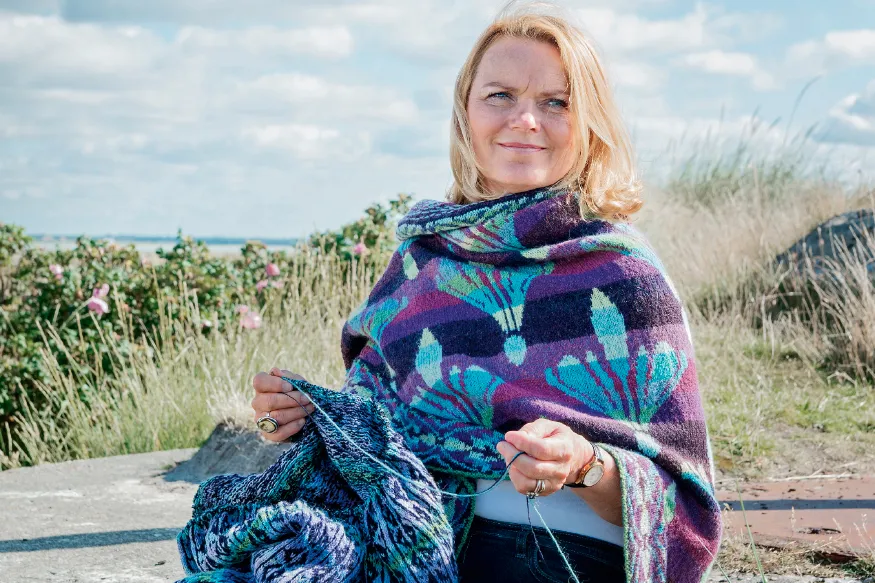
Visit Christel’s website to browse her online shop and find more details of the Fanø Strikkefestival.
